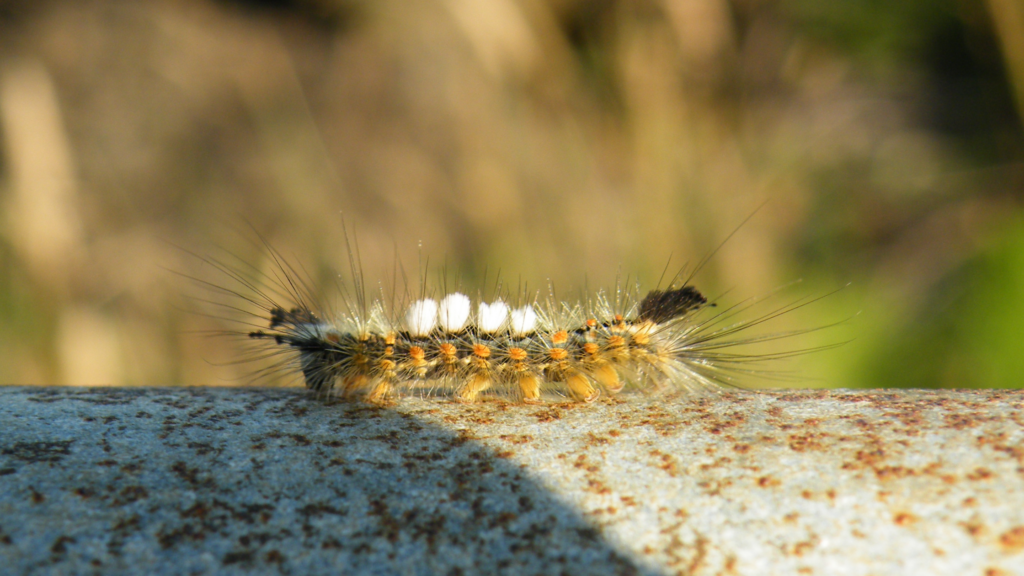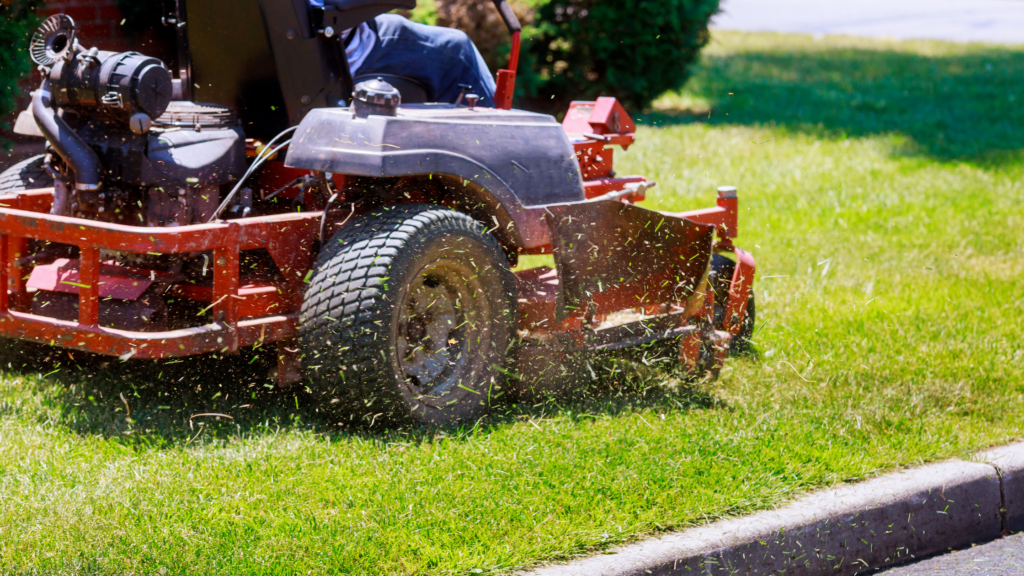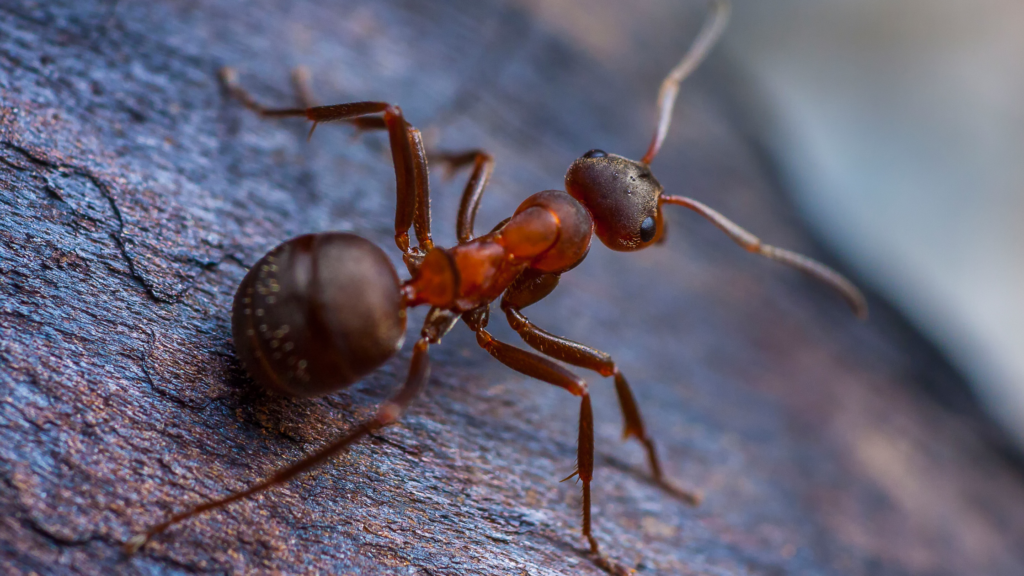
The winter break from lawn care duties is over as your lawn comes out of its dormant phase. It’s the perfect time to get a jump-start on giving your lawn its best chance to thrive throughout the hot summer months. That means giving your turf the nutrients it needs, mowing the right way, and keeping tabs on pests and weeds.
Here’s a quick guide to getting your lawn in great shape for the outdoor season and how our pros can help.
Feed Your Lawn
Potassium and nitrogen are essential nutrients that stimulate the growth of roots. A healthy root system is key to a lawn that can withstand whatever summer has to throw at it, so make sure to keep up with the recommended schedule for fertilization.
For best results, have your soil’s pH tested. The ideal pH level will vary slightly depending on the type of turfgrass you have, and can range from 5.5 to 6.5. Maintaining the proper pH level for your lawn helps your grass take up the nutrients in fertilizers.
You can also leave fertilization up to us: We have granular fertilizer application as well as “green up” lawn care treatments that include the application of the right micronutrients at the right time. We also offer optional shrub fertilization.
Change Your Mowing Schedule and Habits
Now that we’re getting into the active growing season, it’s time to mow more frequently. Although putting off this task is easy to do, ignoring it often results in cutting your overgrown lawn too short to keep from having to do it again soon.
Why does proper grass height matter? It’s all about sunlight. Too much will dry out your soil too quickly, which then puts extra stress on your turf. Stressed grass is more vulnerable to pests and weed growth.
A typical mowing schedule for St. Augustine lawns is about every five days or so during our warmest months, then twice a month when growth slows late in the season. To prevent cutting your lawn too short, use this rule of thumb: Avoid cutting off more than a third of the total height of grass blades at any one time. Grass that’s growing in shady spots should be cut even higher since it must compete for nutrients with tree roots.
Finally, check your mower blades to make sure they’re sharp. A clean, even cut helps reduce unnecessary stress on your lawn.
Watch Out for Weeds
A dense, healthy lawn is the best defense against weeds, but weeds are persistent and you’re bound to find some have made their way in. Grassy and flowering weeds can be dug out when you spot them, but you can also take a proactive approach and apply pre-emergent solutions.
In general, good weed control includes proper watering and mowing, controlling pests, and fertilization to keep your lawn healthy. The good news is that Turner Pest Control’s lawn and outdoor services can help make sure your lawn has everything it needs to be at its best.
Keep Pests at Bay
Outdoor pests are just part of the price we all pay to enjoy living in our beautiful state, but they don’t have to take over!
Here are some common pests to watch for on your property:
- Mole crickets
- Sod webworms
- Armyworms
- Chinch bugs
- Lawn grubs
- Ticks
- Moles
- Fire ants
If you notice any signs of pest problems, the best way to stop them is with a call to Turner Pest Control’s lawn and outdoor experts. We can get rid of outdoor pests and help keep them from coming back.
Water Early and Well
Water is essential, of course, but there can be too much of a good thing. Overwatering can fill the air pockets in the soil that give your turf’s roots the oxygen it needs. It can also result in a shallow root system that makes your lawn more vulnerable to disease, weeds, pests, and other issues. On the other hand, underwatering results in grass that won’t have the cell structure that keeps the blades upright and resilient.
We recommend these watering habits:
- Water early in the day. Watering in the middle of the day may mean losing too much water to evaporation; watering late in the day lets your lawn stay wet too long.
- Water as infrequently as possible (unless you have a newly sodded or seeded lawn). This helps prevent issues with fungus.
- Water deeply. Less frequent, deep watering spurs grass roots to grow; twice a week for about 45 to 60 minutes is a good guideline for most lawns.
Let Us Do the Work
Wouldn’t you rather sit back and enjoy your great outdoor spaces than spend your weekends searching for signs of weeds and pests? That’s why we’re here!
Our lawn and outdoor service experts offer complete services, starting with an initial inspection to identify any issues and check the condition of your lawn. We’ll then develop a customized plan, including an estimate that’s based on the size of your property. Get in touch today for your free inspection and no-obligation estimate.



